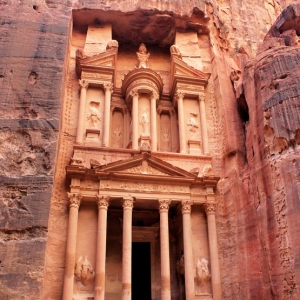- Home
- About Us
- Tel : +91 33 4022 9591
PetraView all the popular packagesOffers
1 Popular Packege(s)
Area 264 Square Kilometers
Population 0
Winter Temperature 16.5C
Summer Temperature 34C
Best Time To Visit Spring and autumn are the best times to travel to Jordan as the days are warm, with temperatures into the high 20Cs, but nights are cool. Exploring the sites in this climate is pleasant, it is not too hot for hiking in the nature reserves and both flora and fauna are abundant. The summer months here are very hot, with temperatures reaching up into the 40Cs. However, if you are not adversely affected by heat it is still worth considering a trip at this time as you will have sites like Petra almost to yourself. In the winter months, Jordan often experiences snow and the nights get cold; especially in the desert regions. Winter is also when the majority of the rain falls, but showers tend to be short and sharp.
BY BUS
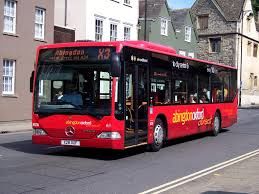
JETT buses, both ordinary and all-inclusive guided tour, connect to Amman and Aqaba via the fast (but boring) Desert Highway. Other tourists come with organized groups, including daily trips from Eilat.Tours to Petra from Taba, Sinai and Sharm el Sheikh are also gaining popularity with charter tourism, an example .
It costs 20 JD per person to travel round-trip by JETT bus from Amman to Petra and back allowing you to see almost the entire site in an (exhausting) day trip. Bus departs from Amman at 06:30 and from Petra at 17:00 from the parking lot just outside the Petra visitor centre.
Petra On foot
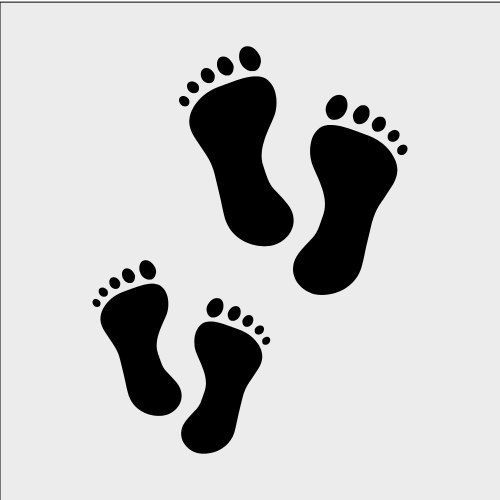
Petra archeological site is reachable by an easy 20 minute walk from the town centre or most hostels/hotels in the town of Petra.
Petra by night
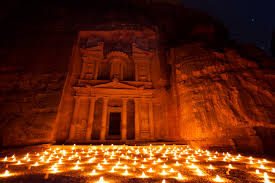
Seeing Petra during the day is an overwhelming experience for most visitors. By night, the ancient city transforms into what must be one of the most magical places in the world. Thousands of candles guide visitors through the Siq (a canyon) to the main square where the Treasury is located. Itâs a truly romantic experience.
Look for traces of ancient grandeur in the Siq
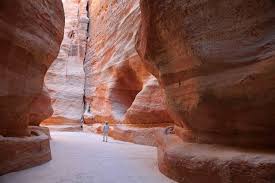
The Siq is a canyon that connects the city of Petra with the outside world. Itâs a wondrous experience to walk on thousand-year-old cobblestones and see the curvy rock face in a multitude of colours. Look for traces of ancient dams and water channels used by the Nabateans to control the water supply into the city. As the Siq was the main entrance to the city, the Nabateans carved magnificent statues and arches along the Siq. Little of it can be seen today but look carefully⦠what may at first look like a hump in the rock face may actually be a carving of a camel.
Ride a mule to the Monastery
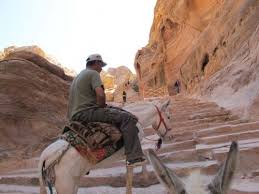
The Monastery is another of Petraâs highlights. Located in the mountains above Petra, itâs a pretty tough hike to the top. An alternative to hiking to the Monastery is to ride a mule up. Itâs fun and quite harrowing at times but youâll get there in good shape!
Shopping in Petra
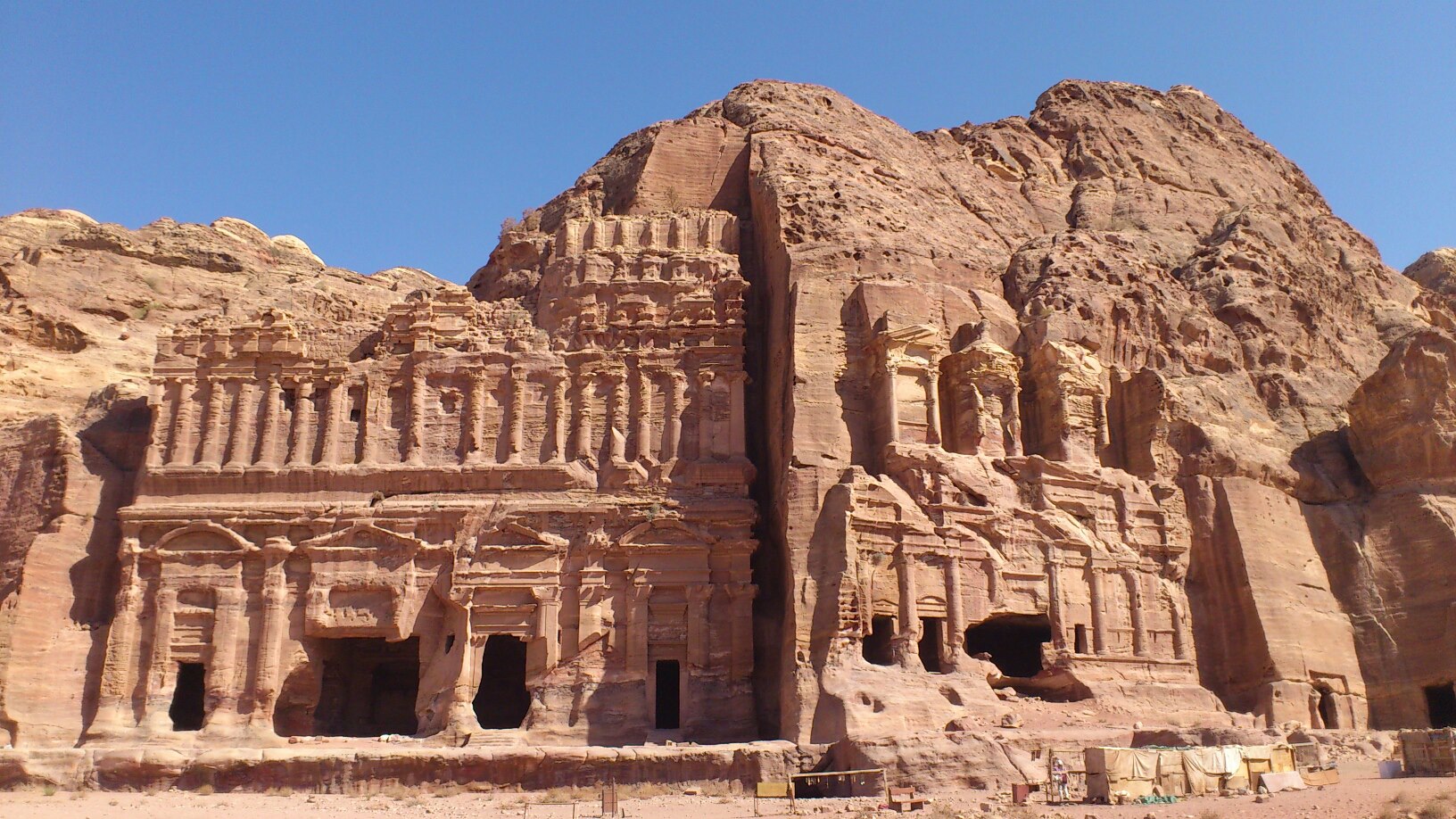
Throughout Petra, vendors will offer bottles of decorative sand art. While they may appear similar to other such souvenirs found in other Jordanian locations, these are unique in that the sand used to create the art is naturally colored sand scraped from the rock walls of various Petra canyons and not artificially colored. The most common design displays a camel's silhouette against a desert background. Some artists can write a name inside the sand bottle in a surprisingly short amount of time
Eat

There is only one restaurant in all Petra at the far end of the Roman Highway, which does a roaring trade despite steep pricing. It also has the valley's monopoly on beer.
For just snacks and hot & cold drinks however, there are a number of small stores and vendors scattered throughout Petra.

